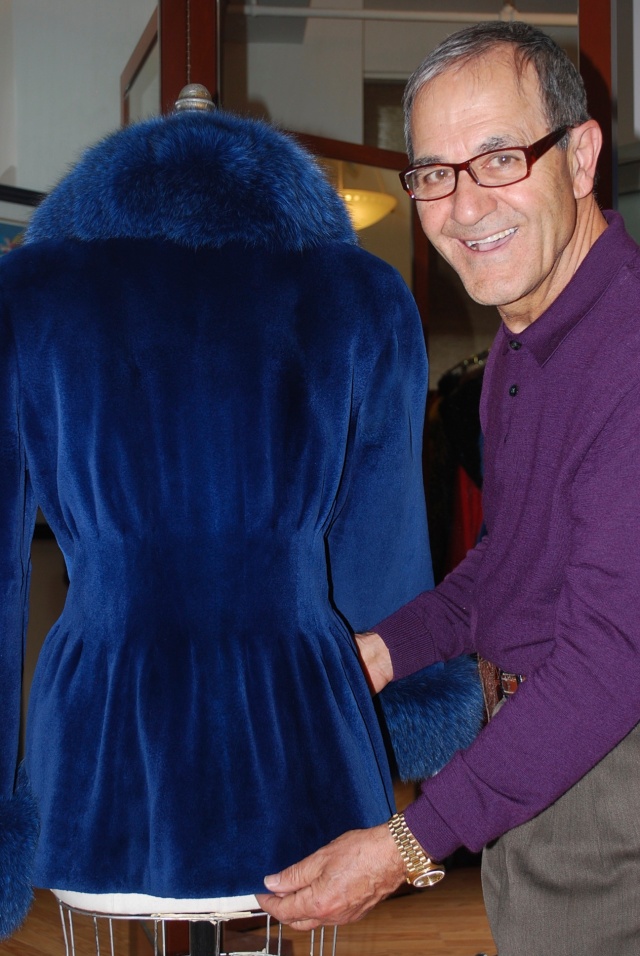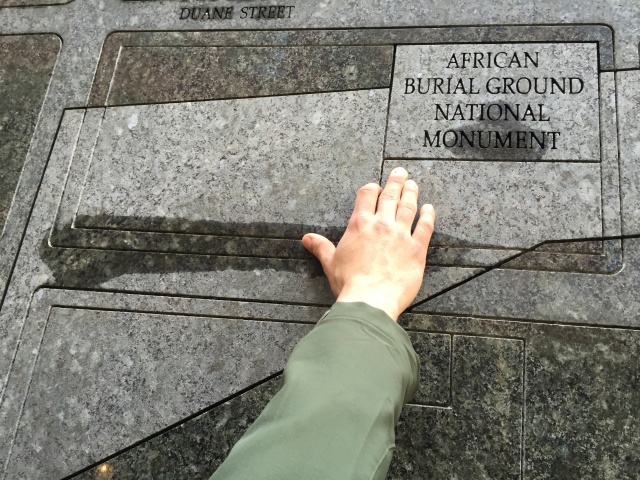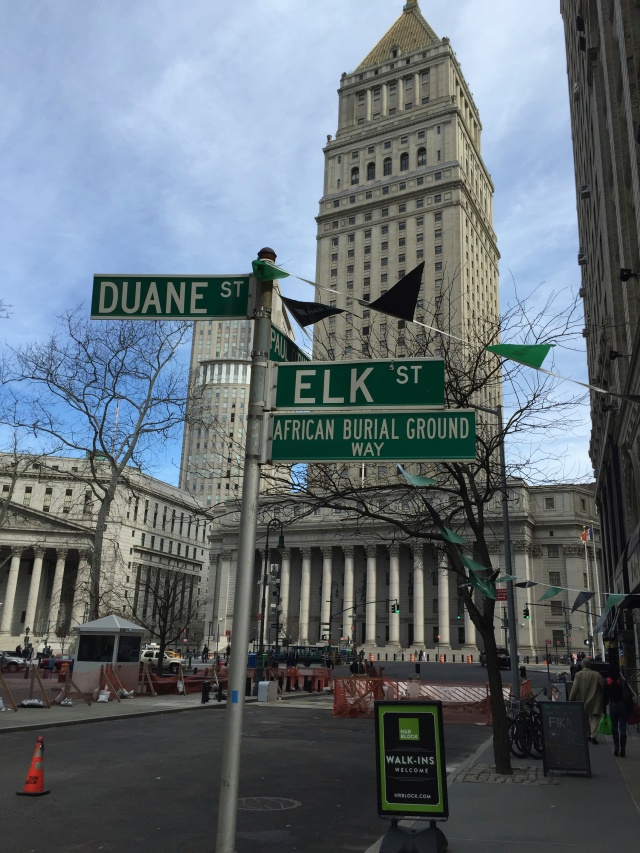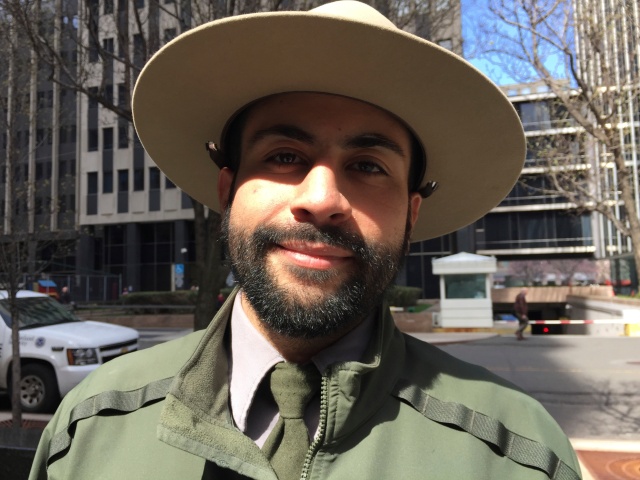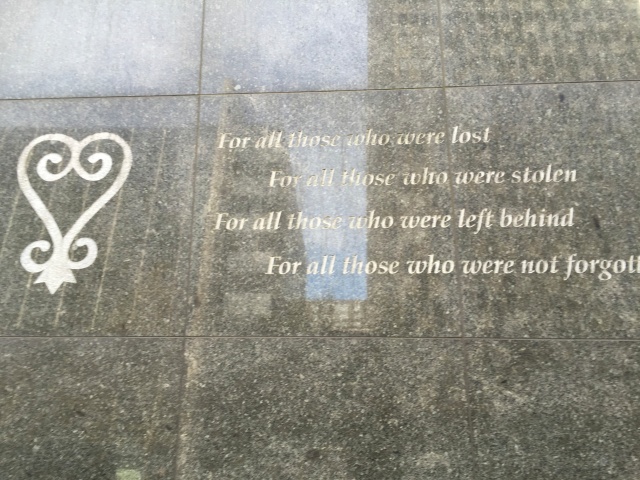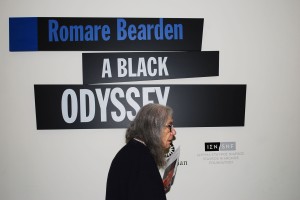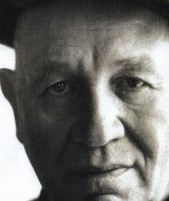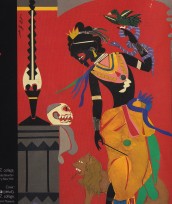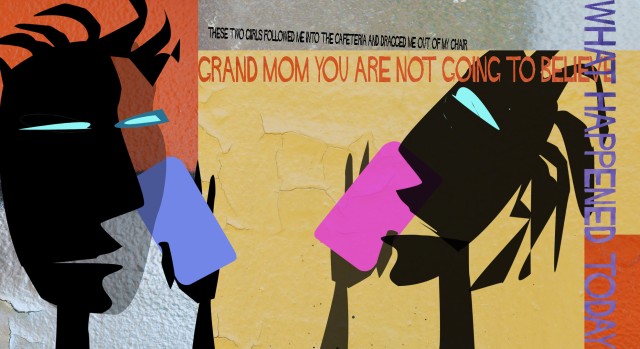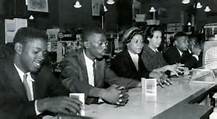Jerry Sorbara, The Furrier
Girolamo “Jerry” Sorbara, is a craftsman anchored in the tradition of fine italian tailoring with a career spanning more than 50 years. Once he touched fur the magic began as he produced designs of exact tailoring, of leather and sculpted pelts.
During the vibrant and experimental 60’s, a young Jerry followed suit and pioneered luscious color treatments that pushed the limits of fur appeal. Hmmmmmm. How Groovy!
How amazing to watch the master sitting at an ancient, well used, fur sewing machine that responds to his skillful touch and imagination. Jerry interprets designs, some from a sketchbook, producing coats of varying lengths; some even reversible, bustiers, jackets, bags and even yes, a fur bikini for a customer from the balmy shores of Brasil.
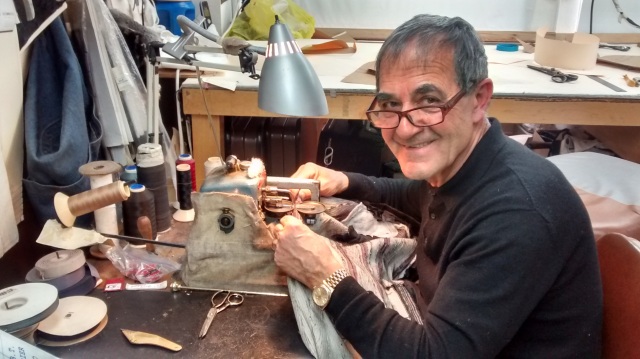
The brand name “Jerry Sorbara” has been sold in Neiman Marcus, Saks and Bloomingdales. The 60’s into the mid 70s found Jerry designing for clients the likes of, Jackie Onassis, Walt Frazier, Elizabeth Taylor and Muhammad Ali. “Sorbara Furs” was established in 1975, over the years. his popularity continued draw customers from texas oil barons, the diplomatic circle, international jet-set and his current celebrities include Steve Harvey.
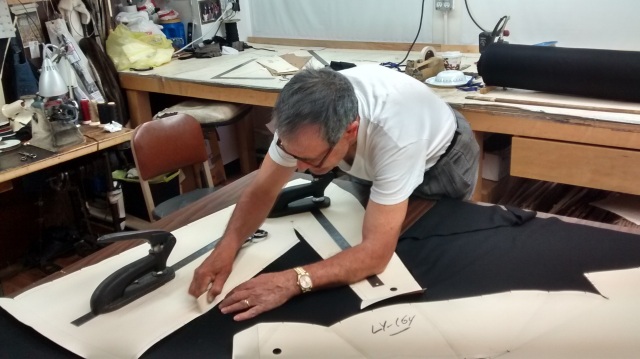
Jerry aided by his son, Sal participated in designing and fabricating a “funky” full length vest hung with tails for Janet Jackson, who was one of the selected celebrities for the “Blackglama” promotion, for American and Canadian mink farmers between 2010-2011. Do you remember the adds “What becomes a legend”?
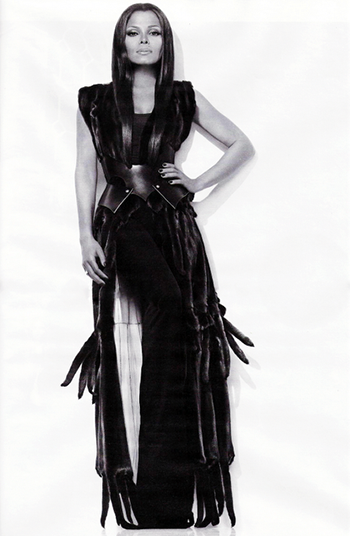
http://www.blackglama.com/inside-blackglama/the-campaigns/
Currently, Sorbara Furs is run by an efficient staff, his son Sal who handles the business side including sales, customer relations and promotion, his daughter Cathy takes care of the books and Greg works with sales and duties which make him an invaluable resource for the company.
“Sorbara’s complies with the fur industry’s “Origin Assured” program which lists fur purveyors who sell only fur that “have come from a country where welfare regulations or standards governing fur production are in force.”

So, who would Jerry Sorbara care to have fitted with one of his creations? He looks up from arranging a fur jacket on a mannequin and with a broad flirtatous smile says, “Cookie” from the show “Empire”, in a thick italian accent that lingers in his speech. “Oh man! That Cookie, she really wears fur.”
Sean Ghazala, the making of a Ranger “The African Burial Ground”
Sean Ghazala, was about four years old when the 1991 news story broke on the recovery of the final resting place of nearly 400 enslaved and free African men, women and children. The colonial era African cemetery, now known as the” African Burial Ground” which had been in existence since the 1690s to 1790s and was discovered during a series of constructions and utility repairs, in lower Manhattan.
Sean, his sister and parents along with a stunned culturally aware community, listen as the story unfolds. It reveals a striking reminder of the presence of slavery in colonial era New York city. Sean and his sister follow the guidance of their parents as they discuss the importance of protecting of ones’ cultural heritage. Amy and Al Ghazala, had little idea that the nurturing environment fed by love and fueled by cultural activism had sealed their son’s fate.
We fast forward to the present, where we find tucked away amongst the canyons of glass and metal structures that have grown up around a small park, bordered by Broadway, Duane, Elk and Reade Streets, made up of a series of gentle grass covered mounds holding the interred remains, anchored by an elegant stone structure–“the African Burial Ground”.
A businessman taking a short cut across Duane and Elk street, rushing from one meeting to another, for some reason stops as if caught by an energy he cannot explain. He quizzically asks, “What is this place?” Why it’s the “African Burial Ground” replies the handsome young ranger, who strides up to answer his questions. It’s Sean Ghazala, who is now, a member of the staff of the African Burial Ground, one of the unsung heroes who are pledged as guardians of one of the oldest burial sites from the 1700s.
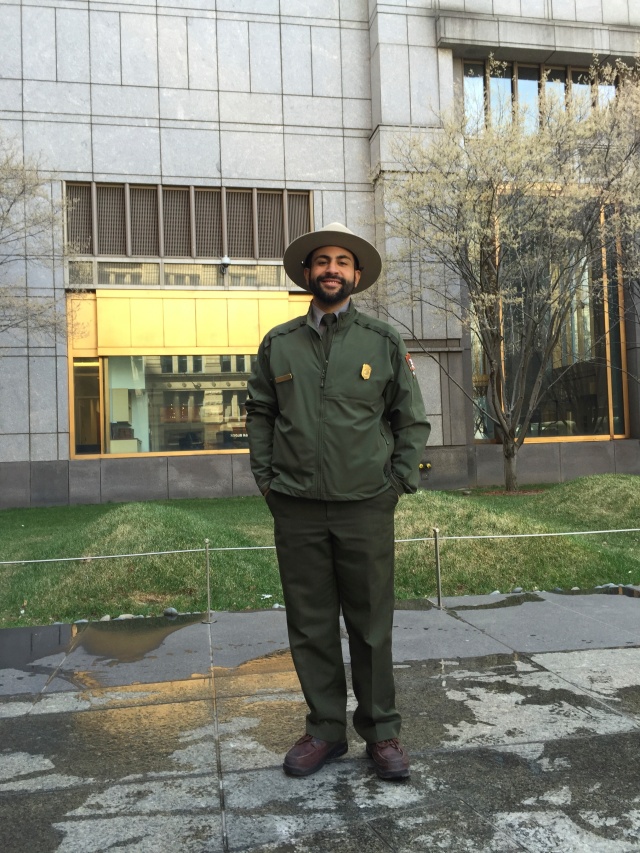
Sean thinks back to the date, June 5, 2011, which marked his first day on the job, a young man armed with an undergraduate degree in psychology and a graduate degree in Public Administration. How he paused in front of the glass displays, to reflect on arrived at this moment.
How he found a short-term position in parks and recreation while surfing the Internet that led to the rangers position. How he slowly examined exhibits filled with photos of crowds of people waving Pan-African flags, where lo and behold who should he see but his sister. He immediately took a photo and texted his sister. “Hey, You’re not gonna believe this”. The circle is complete and the impact of the Ghazala family will be forever tied to the history of “The African Burial Ground.
“Online Abduction”
“A widowed police officer leaves his 13-year-old daughter home alone one night. She’s a good girl who always follows the rules. She always calls to tell him if she’s leaving the house. But one night, she doesn’t. His daughter is missing, gone without a trace. Paul discusses the importance of staying safe online. Also, we’ll hear the story of a man who intervened in a robbery without any concern for his own safety, and an expert who says fostering constructive independence will ultimately make children safer.”
Paul Viollis’s show “The Security Brief” provides an enlightened and informed television, radio and live show platform, that allows individuals to share their life experiences. These stories are drawn from all walks of life; balancing upon the theme of security, ranging from high corporate privacy, home invasion, school/workplace violence to cyber Bullying centered on the need for heightened awareness of parents,teachers and the community to protect our youth.
Paul’s background as a behavioral analyst combined with his impassioned and confident nature, empowers his guests, to have the confidence to speak up and share their story. These shared experiences help others to be informed and to understand the parameters of security within a cyber environment.
His trusting nature and delicate handling of these topics not only allows his guests, to find the courage to share their deeply personal experiences, of abuse and exploitation, but also allows the “public” a chance to connect and identify with their own struggles, to which they may be desperately seeking answers. Many of whom are searching for solutions and not knowing nor understanding how to go about negotiating what may appear to be complicated solution. The following story opens a window into a timely issue that many parents and communities still struggle to understand; “safety on the internet.”
Romare Bearden_Black Odyessy
Noel McIntosh_Sound Man
Angela and The Bullies_A Grandmother Takes Action to Protect Her Family
Angela is a young, attractive and lively spirited grandmother moving through the daily routine of running her own business, so her day starts early. While driving to meet a client she receives a call from her granddaughter, Katrina. It’s not unusual as she often chats with family members through the course of her day.
But today there is some thing different about this conversation and a shadow of concern moves across her warm face. Angela listens intently as her grand baby recounts recent incidents that have escalated into a physical encounter in the cafeteria of her school. Katrina describes the repeated bullying experiences she’s been having with two girls attending the same junior high school. She says how she has “had it and can’t take it anymore”. Two girls had followed her into the cafeteria, pulled her out of her chair while she was having lunch, and tried to choke her. The question is why?
In the past Katrina has stood up to them and received school disciplinary warnings. Hey! She’s no slouch. Katrina is a cute kid with lots of energy, thick curly hair and a sprinkle of freckles across her nose. She walks the walk and talks the talk, acceptable to most urban youth wanting to fit in to their world. She’s highly intelligent and enjoys school.
Who cares? The bullies are fully aware that if she’s kicked out of the school it would jeopardize her chances of entering the accelerated educational program for ninth graders. This program is a desired part of the public school system and is highly competitive; grades, attendance and behavior are all taken into consideration to participate. In the minds of these girls is this a reason that Katrina might be a threat? Is it their place to take such violent recourse?
What should the family to do? Angela is fed up and takes quick action. She writes a letter to the school after learning of the physical attack. A meeting is set up with the school’s Dean of students, Katrina’s mother, one of the bullies and her parents. This should have been where it stopped, with an understanding between the adults and the students to leave one another alone but that did not happen.
The meeting failed to take into account the digital world in which we live. The bullying takes a new form. Personal business that should have remained private becomes public and threats are blasted across social media platforms directed towards the family and children. This only fuels the situation.
Angela exclaims “How could this be happening to my grand baby.” She pauses to think about her next plan of action to try and settle the matter. Katrina continues to rely on her grandmother for advice on how to handle the situation and not jeopardize her chances to enter the college preparation program.
In return Angela will keep herself abreast of this situation to insure her grand baby is treated fairly.
Civil Rights Protest Then and Now
Four black university students walked into a Woolworth’s store and sat down at the lunch counter and waited to be served. It is February 1, 1960 and the place is Greensboro, North Carolina.They are refused service as they are sitting at a “Whites only” counter and are asked to leave. by the manager.
Joseph McNeil, Franklin McCain, , David Richmond, Ezell Blair, Jr. who later changed his name to Jibreel Khazan)– stayed until the store closed.[8]
The next day students began arriving from Bennett College, a young women’s school as well as other campuses in the area. This was the start of the famous sit-in. Students busied themselves with studying and reading books while they were heckled by white onlookers. The lunch counter staff continued to refuse them service but a fire had been lit and a civil rights movement was in full flame.
Civil Rights: The Ongoing Fight for Justice
Selma to Montgomery March_remix from jmichelle hill on Vimeo.
I decided to take a copy of “The Selma to Montgomery March” from 1968 to demonstrate how current issues of injustice still require the community to mobilize against a cause. My interpretation includes manipulating the video artistically to match Public Enemy “Fight the Power” — a song that captured the moment of civil unrest in 1989. I decided to superimpose names of the most recent victims of police brutality. This follows my beat on civil rights and bullying.
Please closely observe how individuals from every race, class and gender mobilized to peacefully demonstrate for a cause. Please note the obstacles that many had to overcome to participate. Many of these individuals had no idea of how they were “fighting the power”.
I am personally moved by the young man walking bare foot and another man walking with a white cane. Who is the gentleman walking with thick mud on his shoes? Women dressed for a Sunday outing are actually prepared to walk from “Selma to Montgomery”.
